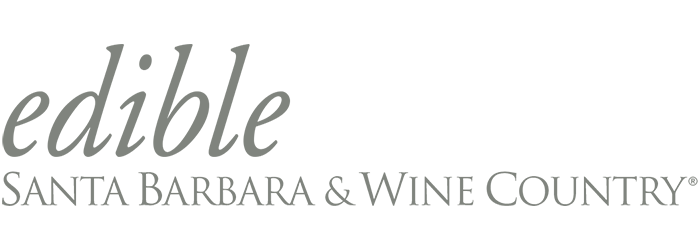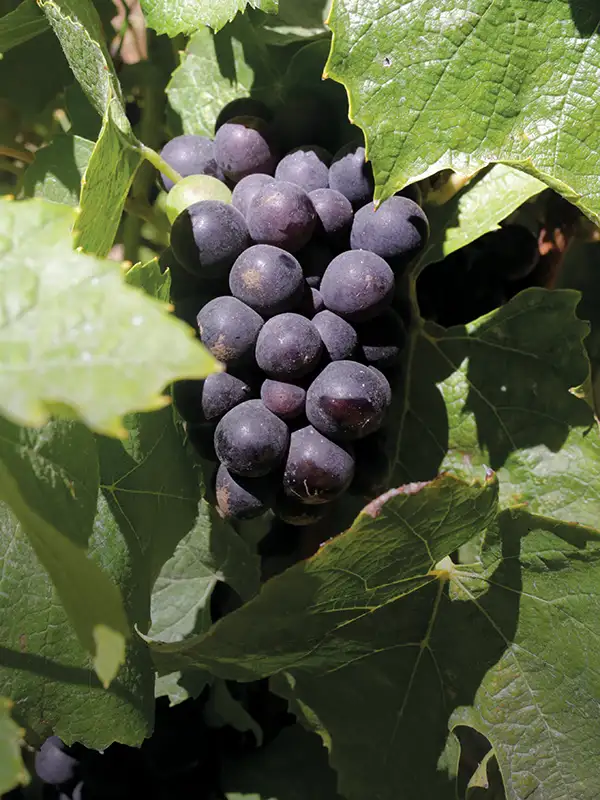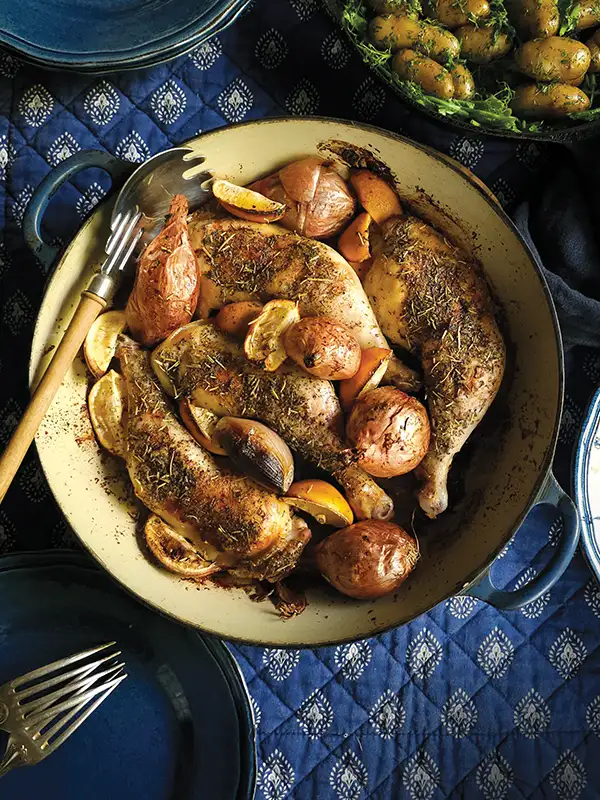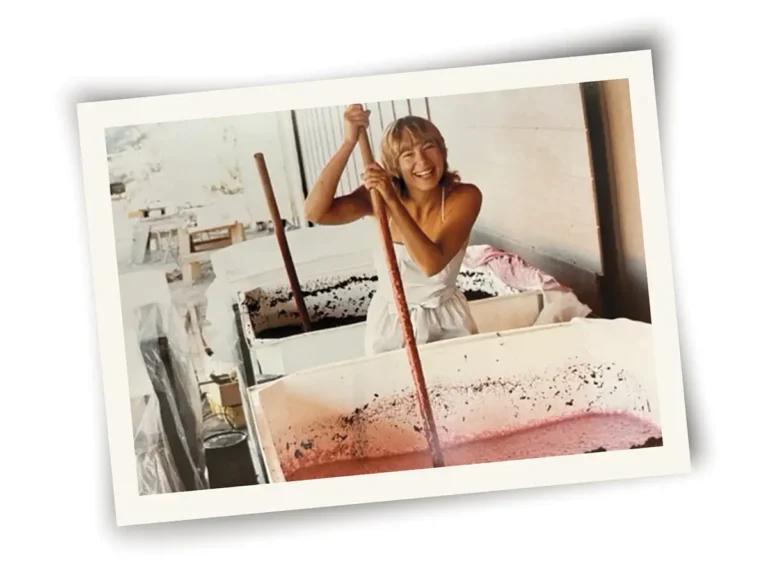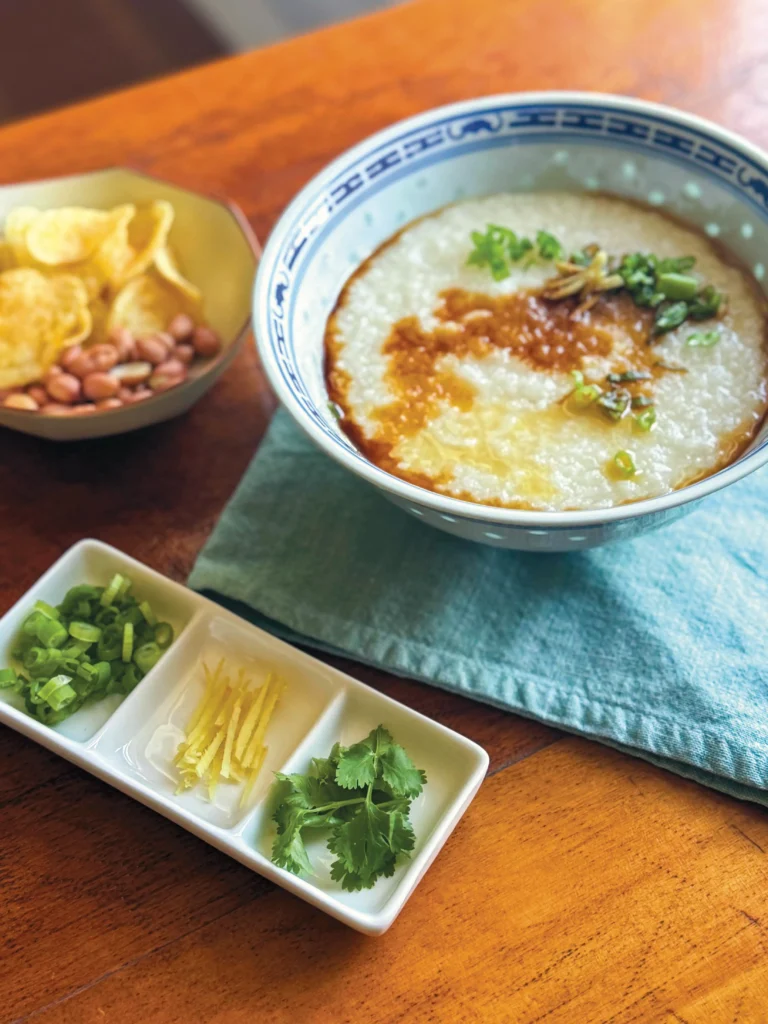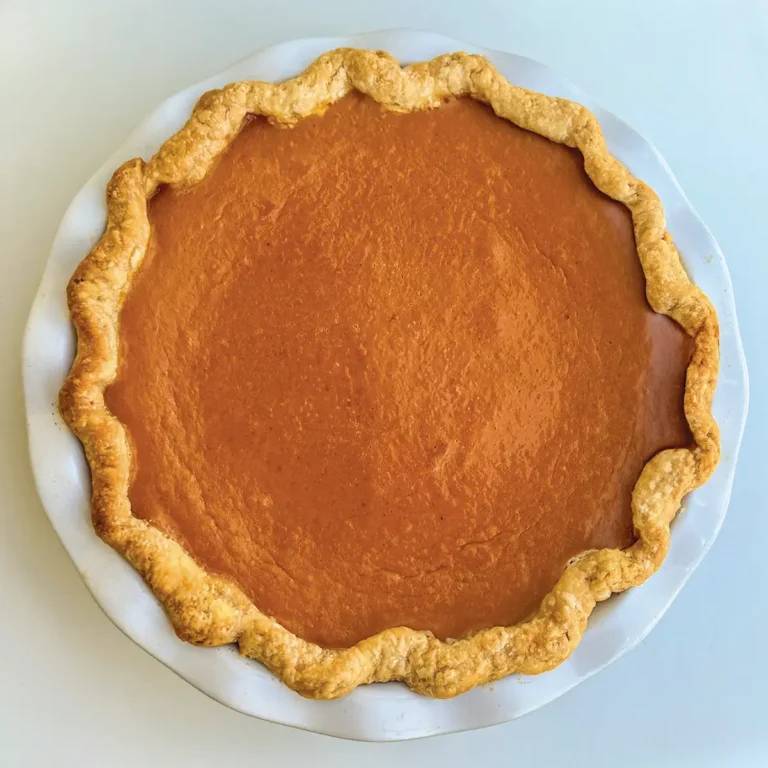If You Happen to See a Farmer… The History of the Santa Barbara Farmers Market
Any Saturday, rain or shine, I can walk down the aisles of our Santa Barbara Farmers Market and choose produce items that are fresh, ripe and mostly local. I’ve lived here since 1986, and for me the market has been a fixture. If I can’t make Saturday’s downtown market, there is Tuesday afternoon on State Street, or on other days I can go to Montecito, Carpinteria, Goleta or Solvang. There are also farmers markets in Vandenberg Village and Santa Maria.
It’s hard to imagine a time when there wasn’t a farmers market, but our modern farmers market is only 37 years old. Before that, the last farmers market in Santa Barbara had been held in 1943, when several local farmers banded together to sell their produce to the public. But after World War II, industrial agriculture became the norm and government agencies and regulations sprang up to encourage large-scale farming and food production. Huge supermarkets brought together packaged products from everywhere. All these factors combined to drive the small farmer out of business.
What jump-started farmers markets again?
Governor Jerry Brown, during his first tenure as our governor in the 1970s, is acknowledged for helping to create a change in the way produce could be sold. It’s hard to believe now, but at that time California’s rules on sorting, packing, transporting and selling produce made it against the law for farmers to sell produce directly to consumers.
During the summer of 1977, a glut of peaches on the market made prices so low that farmers couldn’t sell them, let alone make a profit. With no other market for their fruit, some farmers protested by dumping their extra fruit on the State Capitol’s lawn. This helped prompt Governor Brown to sign an executive order creating the Certified Farmers Market Program.
And prior to that, during the ’60s and ’70s a back-to-the-land movement was sweeping the country, as Americans were becoming aware of the dangers of pesticides in the environment. Santa Barbara experienced a tragic and world-renowned oil spill in 1969. The following year, the Community Environmental Council formed. One of its many projects in Santa Barbara was the creation of community gardens.
The garden called El Mirasol, a demonstration and community garden with a small produce stand, was located on four acres at what is now known as Alice Keck Park Memorial Gardens. Several future farmers had links to El Mirasol: John Evarts and Margie Popper lived and worked there, as did Chris Thompson. Carol Ostroff gardened there. Warren Pierce (who later became a student of the iconoclastic British gardener Alan Chadwick) taught organic and French intensive gardening classes at El Mirasol and became the mentor to many, including Randy Wade, who is largely credited with spearheading the farmers market movement in Santa Barbara. The presence of many idealistic young farmers and gardeners who were willing to work hard, the times they were living in, and the support of organizations such as the CEC made the farmers market an idea whose time had come.
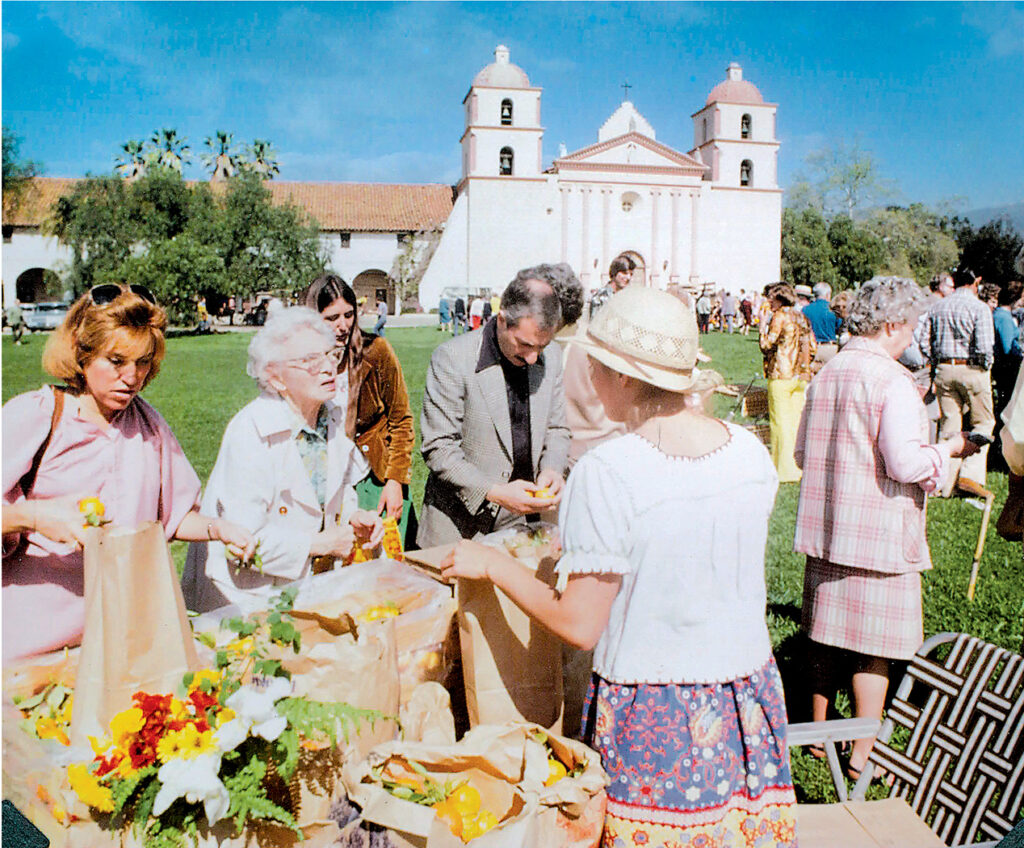
Our Santa Barbara Farmers Market started with a lot of fanfare at the Santa Barbara Mission on March 24, 1979. Ours was among the first 20 farmers markets in the state. An estimated 3,000 people turned out over the course of the day to buy vegetables, herbs, plants and fruit, which sold out quickly. They stayed to enjoy an organic gardening demonstration by Warren Pierce, and to square dance and listen to live music on the Mission lawn.
At that first market the demand greatly exceeded supply. For one thing, growers hadn’t known how much to bring; they didn’t anticipate just how many customers were waiting for their fresh produce. And in many cases the farmers/growers were just starting out. They didn’t have the supply yet. They learned to produce more for future markets, and more local farmers signed on as the market continued and grew.
The Santa Barbara County Agricultural Commission was charged with certifying the farms and farmers, which required a trip to the farm so that an ag agent could insure that farmers grow what they sell. At first, the ag commission charged a $50 annual fee, which was steep for that first group of farmers. In 1983 the fee was lowered to $15 per farmer per year, and the farmers signed on. Our market then became an official Certified Farmers Market.
Early Days
Some of the farmers present at the first market were Randy Wade, Bill and Delia Coleman, John Tappia, Chris Thompson, John Evart and Margie Popper, Ross Vale and Claudia Kane, Peter Risley, Metta and Ernest Thomsen, Tom Shepherd, and Fred Munch. All were local.
Another market was held in April in the parking lot of the Santa Barbara County Bowl. This continued for another market or two, meeting monthly, and then the Saturday market was moved down the street to the parking lot of Santa Barbara High School. Within about a year, the market was able to meet weekly.
Early on there was some trouble with the health department, as the planners needed to deal with issues such as sinks for washing hands. Live animals were banned from the market, as were prepared foods. The market organizers, largely John Evarts and Margie Popper, were able to meet the health department requirements. Looking back, and reviewing old market correspondence and newspaper articles, I marvel that the market was able to get going at all, with so many hurdles needing to be resolved. Randy Wade and other dedicated farmers and organizers put in literally hundreds of hours and their own money to get the market up and running.

Almost every person I interviewed acknowledged that Randy, pictured above, and who still sells on Saturdays, had been the driving force behind our farmers market. Besides his work on the market, Randy leased land near Hollister and Turnpike, and subsequently sublet the land to other young farmers so they could get started.
Many of the original growers from our early markets are still going strong these many years later. Others have moved out of the area and have continued farming elsewhere, such as the Santa Ynez Valley, Hawaii, Baja Mexico and Canada.

The farmer known as BD (Bob Dautch), pictured above, was growing produce on empty plots of land in Isla Vista. Friends of his nearby were doing the same: one well-known farm was called the Human Bean Farm. When I asked how they obtained water, BD said, “We ran hoses out the windows of nearby homes and apartments. We called it ‘guerrilla watering.’” At the time there was a building moratorium in IV, and the landlords were happy to let the farmers use their vacant parcels of land for growing, as long as they maintained the properties well, keeping weeds abated, so they could pass city weed inspections.
At the time, BD was growing food primarily for his own use. His participation in the market, at first, was to share and sell his overflow. The first informal market BD remembers attending was held at Del Playa Acres in Isla Vista. Soon he joined the Santa Barbara market at the County Bowl, and then the market at the high school. To get his produce to market, BD put the veggies on a cart, and pulled the cart with his bicycle from IV, taking the bike path for much of the ride, then pedaling across town to Santa Barbara High. Happy customers awaited his arrival.

Tom Shepherd (pictured above) began farming organically in 1973. He’s farmed land all over the county: in Montecito, Hope Ranch, Winchester Canyon, Carpinteria, Nojoqui—20 different parcels of land altogether. “I was an accidental farmer. Initially I planned to create a community garden.” He went into farming because he was concerned about pesticide use and health. Tom’s signature salad mix became a popular item on local restaurant menus.
Chris Thompson has been farming in the area since 1970, and is highly regarded by his peers. Chris worked at Fairview Gardens in Goleta in the early ’70s. He found he loved farming more than marketing. He spent 25 years working with John Givens, who has a large organic farm in Santa Barbara and has a strong presence at our markets. Since 2011, Chris has been farming for Rancho San Julian in the Lompoc Area.
In the early days of the market, Chris said that the public was not educated about farmers markets. A customer would complain, for example, that his carrots were too expensive, that he could get them cheaper at the supermarket. Over the years most customers have begun to realize that they are getting better quality, and also that a small farmer may need to charge more for his or her produce than a large operation.
Carol Ostroff and her husband, Geege, are usually situated at the northeast entrance to the Saturday market. Carol and Geege began selling at the market during its first year at the high school. They sold herbs, plant starts, flowers and a few vegetables. One time she made a couple of wreaths made of herbs and flowers, and this turned out to be very popular. Now she is known for her wreaths, and also for her botanical salves. She worked for the CEC for years, and Geege and Carol have lived and worked at the Santa Barbara Botanic Garden for 30 years. Carol started the initiative, still in effect, to ban pesticide use on our public school grounds.
Bill and Delia Coleman, for many years fixtures at our Saturday market, are still farming in Carpinteria. Now they sell primarily at the busy Santa Monica Markets. Their son Romeo handles a lot of the farming these days. This raises the question…
What will happen when our older farmers retire?
Sam Edelman, current market manager, says there are a lot of young farmers joining the market. In some cases they are the children of farmers: John Givens’ sons Matt and Bryan are both active on the family farm, for example. Other farmers don’t have a family farming background. Most have mentored with more experienced farmers and then started to farm on their own, such as Jacob Grant of Roots Organic Farm, who trained with master farmer Shu Takikawa of The Garden Of….. in Santa Ynez.
I spoke with Michael Ableman, formerly the farmer and founder/director of Fairview Gardens Farm in Goleta for 25 years. He started bringing produce to our farmers market in 1981. Michael now farms in British Columbia, Canada, at his Foxglove Farm on Salt Spring Island and in Vancouver, where he directs an urban farming program. A well-known writer, speaker and educator on organic farming, he talked about the markets, then and now:
“The early farmers markets had a wonderful energy. There was a sense among growers that we were a family. We would always sell out—no matter how much we brought to the market, everything was gone by 10:30, so competition [between farmers] was not an issue. There were less rules, but eventually regulations brought on the need for management.”
The essential element of the farmers market, according to Michael Ableman, is that it is “the great gathering place. People come for the food, of course, but for so much more: to engage with people from the land, creating an essential dialogue that informs the work that we do. Customers want to know each farmer’s stories, and want to know how they farm. They want to know why the carrots are so sweet this time of year, and why the peaches are large—or small. Food is the medium to connect with the 1½% of the population that is feeding the other 98% of us.”
What began as a few tables and umbrellas, over time, has become a movement—all across the country. Getting into markets now is competitive, and many markets have long waiting lists for vendors to participate. Our market in Santa Barbara includes not just local farmers but producers from other parts of the state, who offer items not available locally: dates from the desert, fresh milk, nuts and stone fruits from the Central Valley. In California alone there are now 700 markets—and around 2,200 certified producers.
If every dream begins with a dreamer, then Randy Wade dreamed the dream of the farmers market. He likes to stay in the background, so forgive me, Randy, for calling you out. Of course he didn’t do it alone: He’d be the first to acknowledge the many others who have helped our markets soar.
I consider our farmers to be visionaries and heroes, and am grateful every day for the food they provide our community. So when you see a farmer—and farmers markets are the place to see them—please remember to thank them for all they do.
Visit the Farmers Market:
Santa Barbara Certified Farmers Market
Inspired by the Farmers Market:
Try this recipe for a Wheat Berry Salad with ingredients you can find at the farmers market.
Opening photo by Colin Quirt
